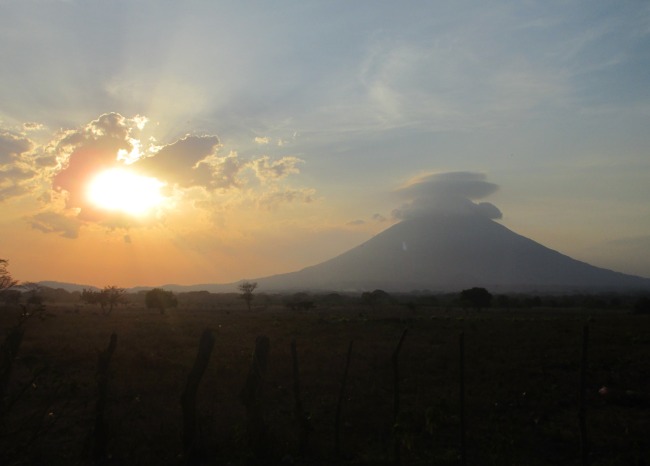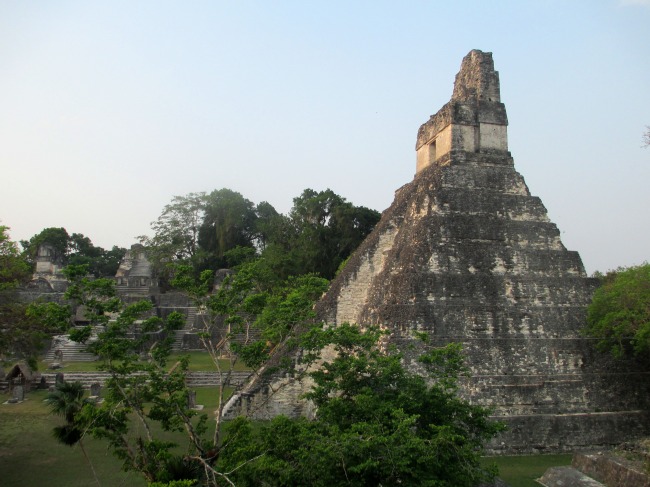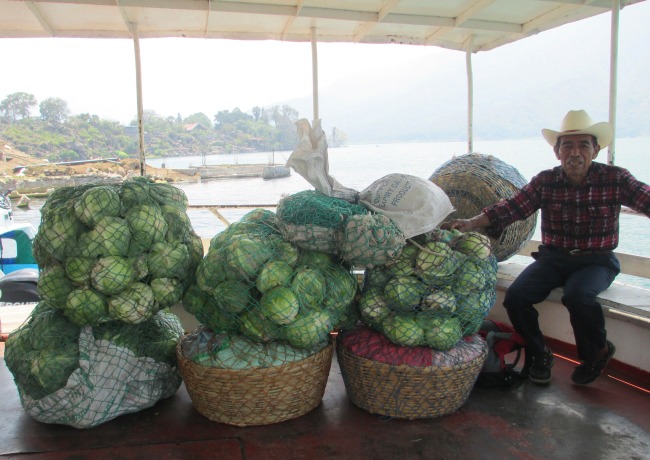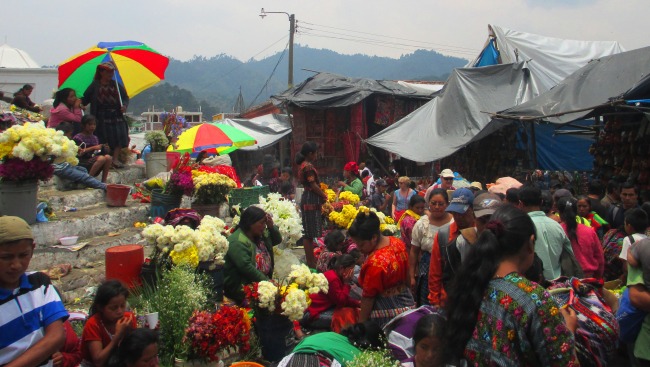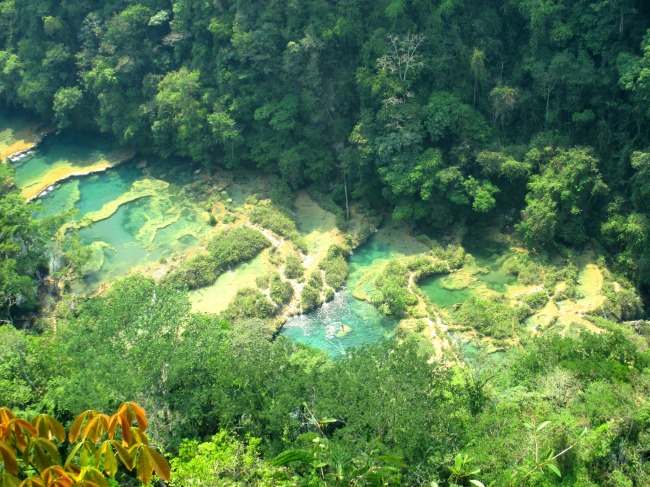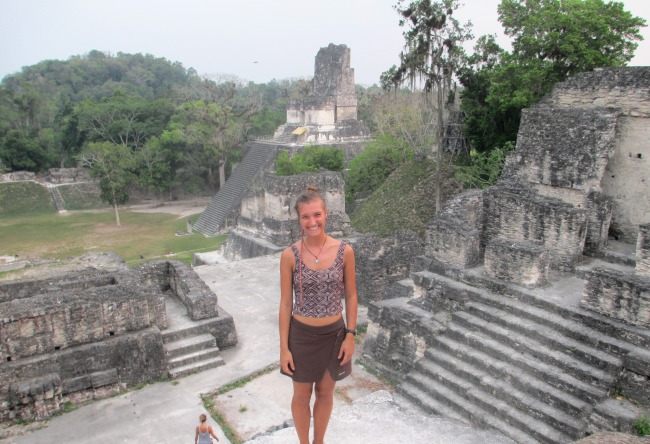Potential Genres for Unit 3
1) Email
Emails are essential within the activist community and very often used to plan events, meetings, and actions and to connect with other groups or individuals. Due to the nature of the work and goals of my field, most of the genres target a public audience, but emails are strictly professional because they are used within the inner workings of the professionals in these activist groups. I am selecting email as a potential genre not because it necessarily excites me, but my options are limited and this would be a method to get my information across.
2) Press Release
Press releases are used by my field to communicate important information to the media. The dual audience that I discussed in unit 1 of both media professionals and the general public might make this genre problematic for the assignment. I selected this genre because it might be interesting to do an “announcement” of my project to the media. A press release could help me effectively organize my information.
3) Workshop
Activists frequently go to conferences held by various organizations or coalitions. These events include workshops or trainings in different topics for professionals to connect and learn new organizing skills (ranging from trainings in coalition building and creative action planning to workshops on worker-owned cooperatives and institutional racism). For this genre, I could design my own workshop based on my project and write a script for it. My information would fit well into a genre like this because I would be able to then create a discussion with professionals in my field.



